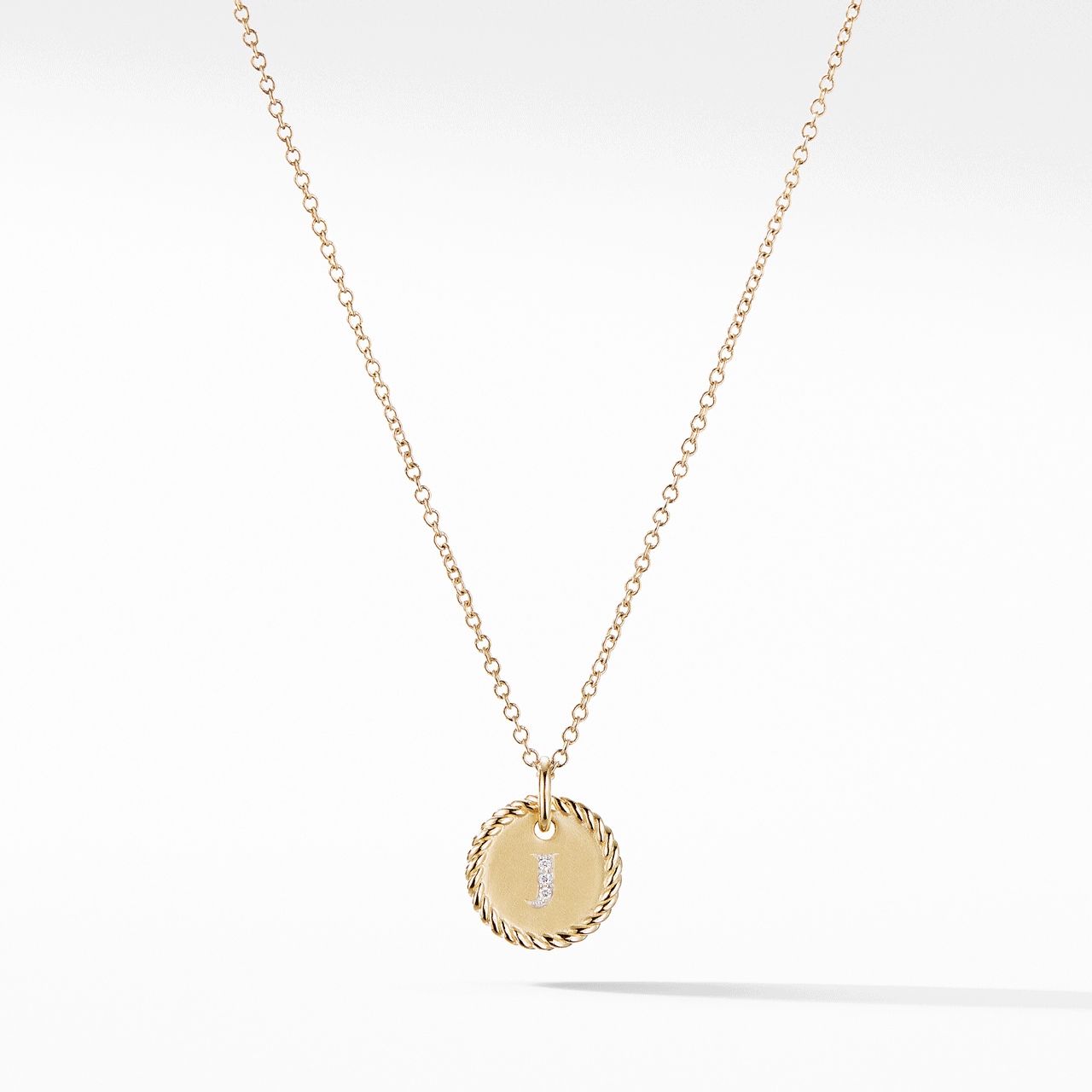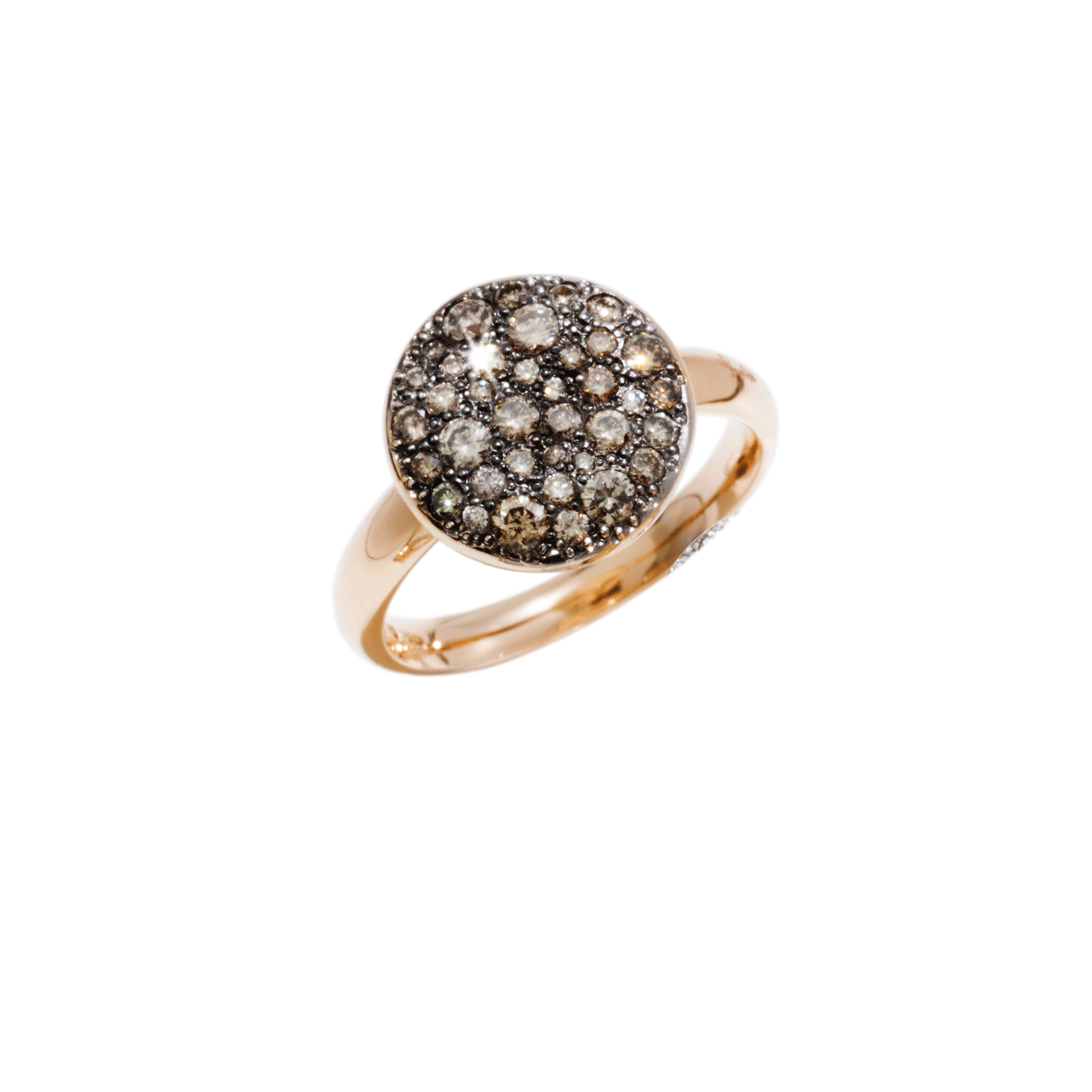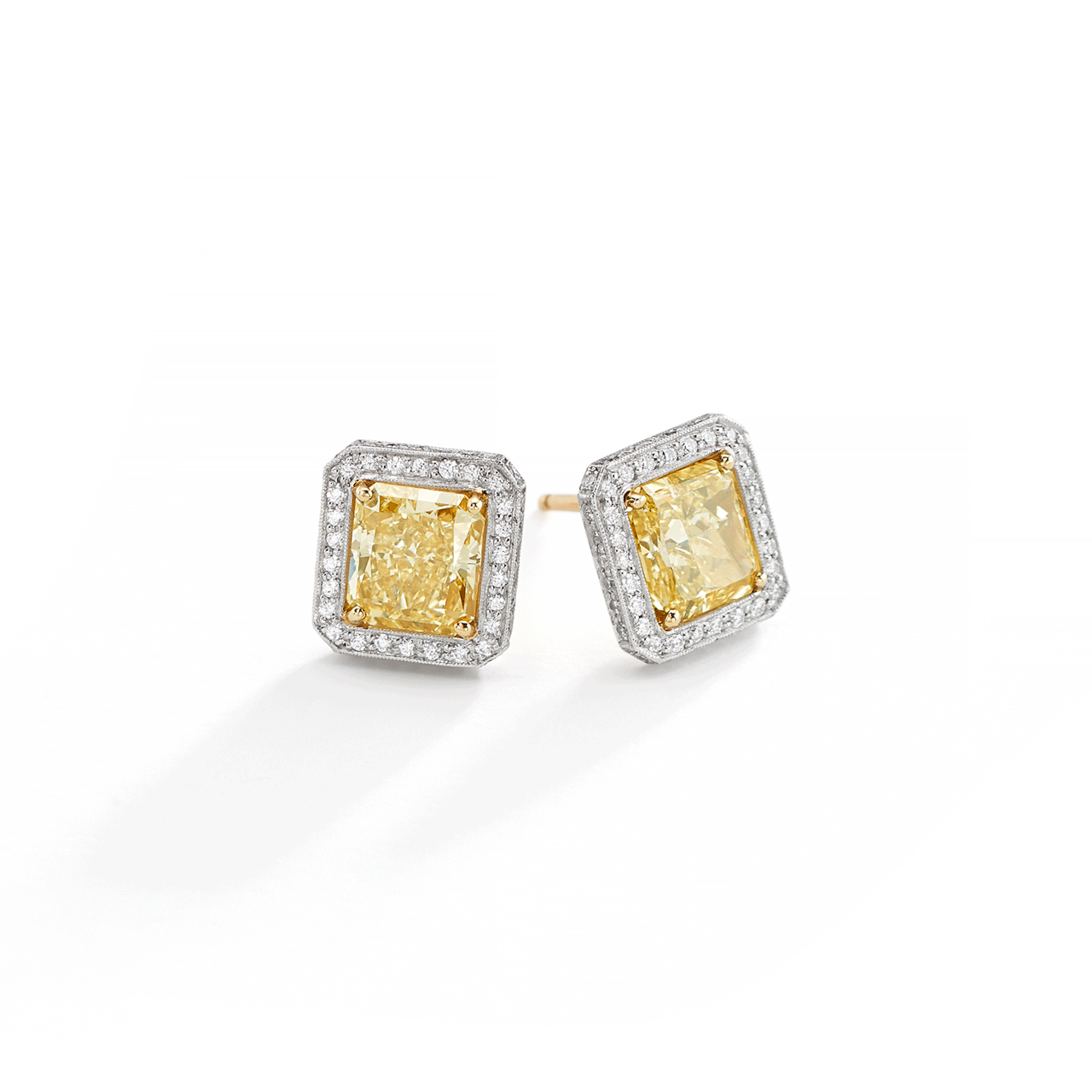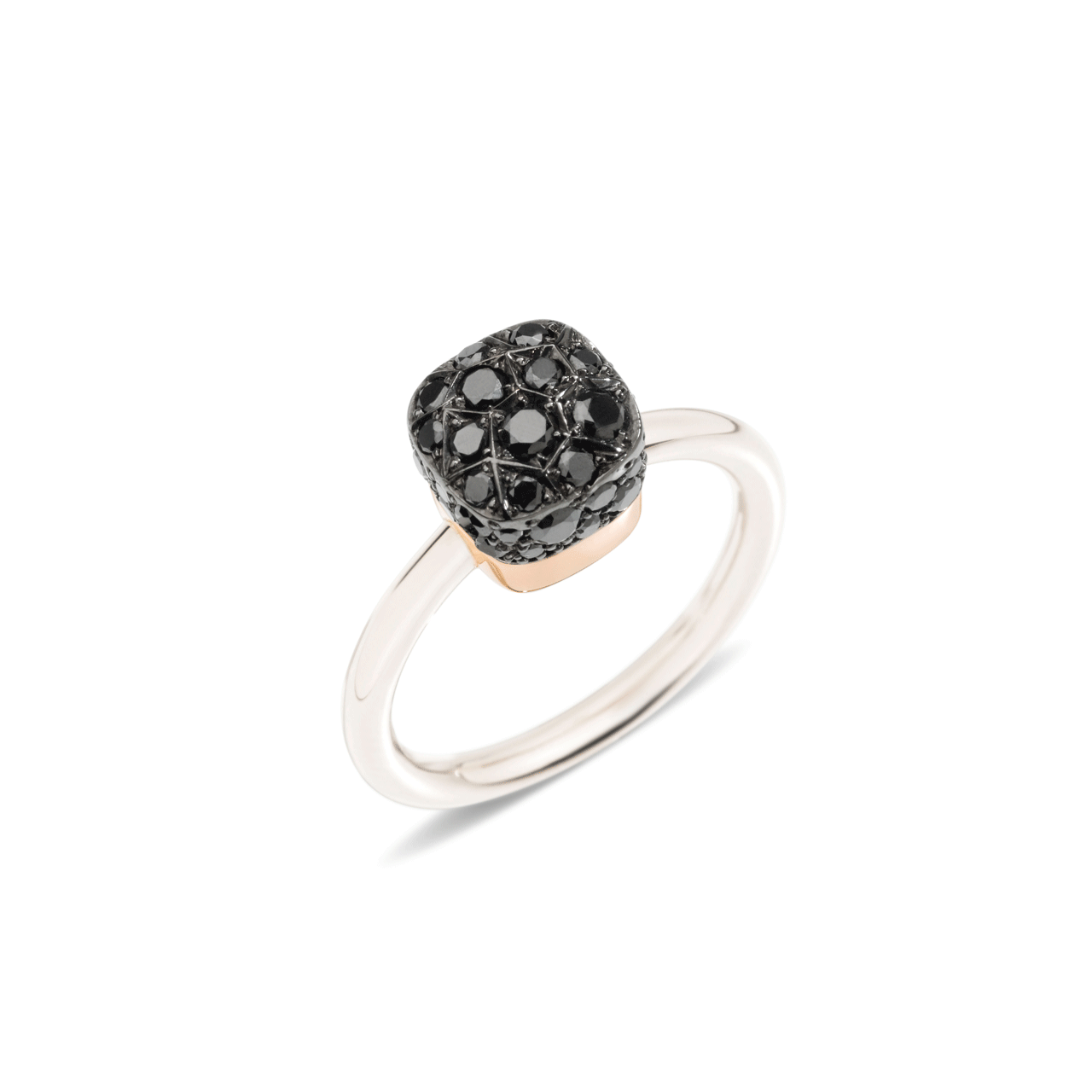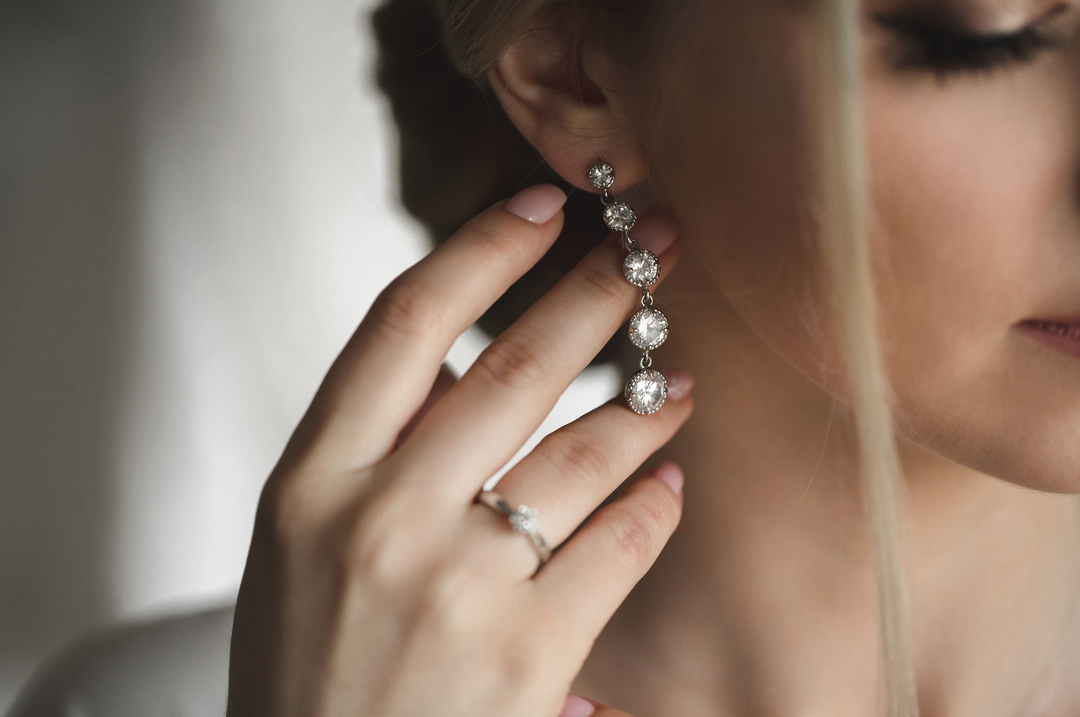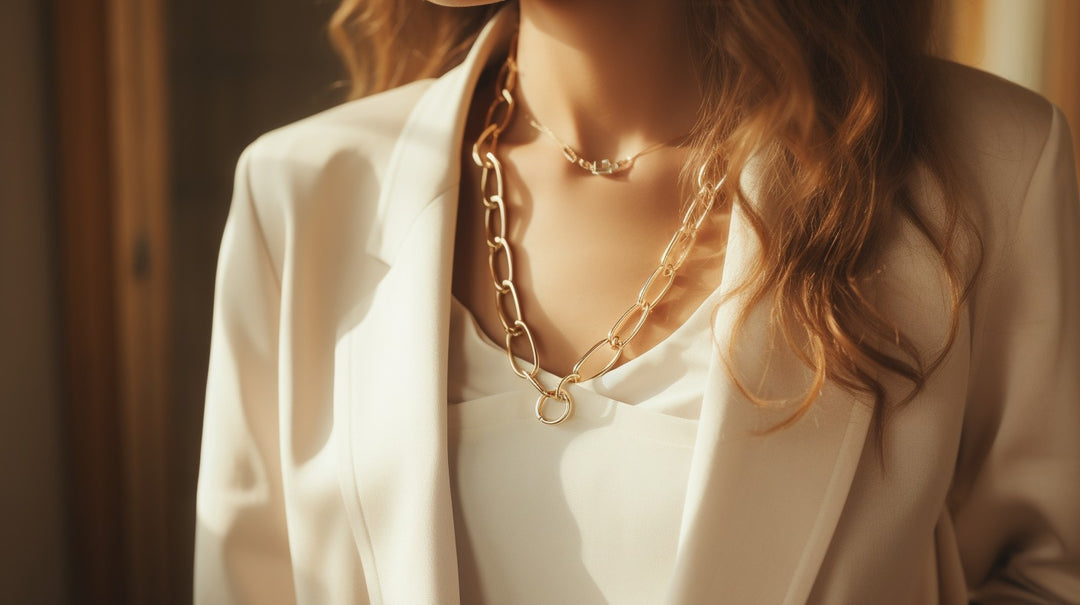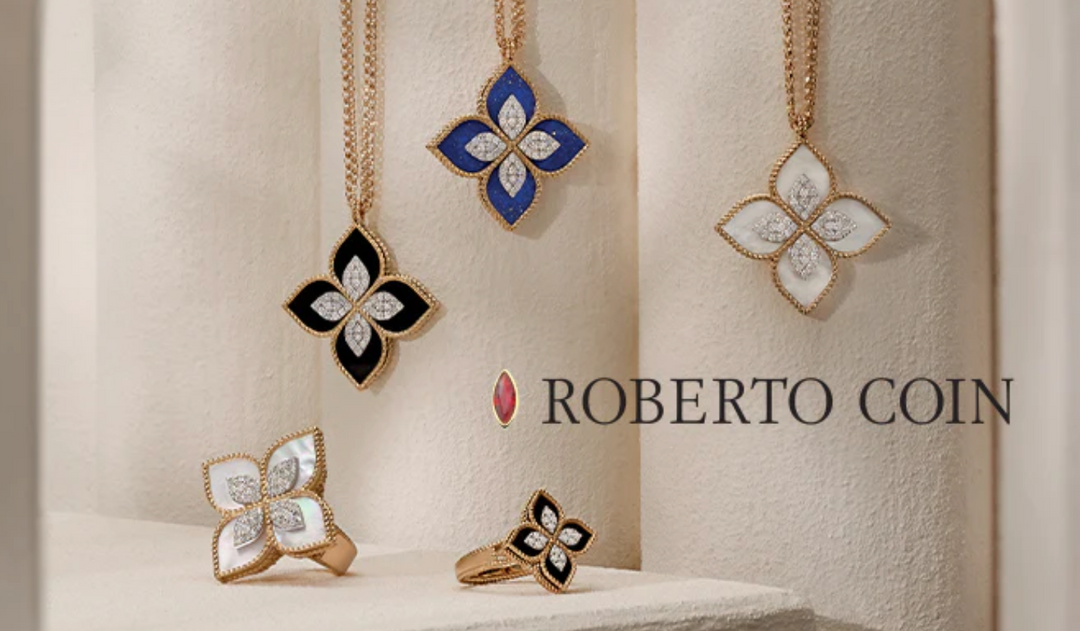Hamilton Diamond Education: How Diamonds Get Their Rare Colors
How Diamonds Get Their Color
When people think of diamonds, an image of glittering, white gem comes to mind, and there is much room for confusion when we hear the term “colored-diamond.” A perfectly structured diamond will be perfectly clear without any color whatsoever, meaning that “diamond color” when talking about white diamonds actually means lack of color. The GIA® grades the color of such stones on a scale of D-Z, with D being clear and Z having a yellow tone. That being said, while the white diamond is certainly the most common, it is not by any means the only color that this durable stone can be found in. Depending on the elements present in a diamond’s formation, its color can take on a rainbow of possibilities, with yellow and brown being the most common. However when it comes to the value of a diamond, the lack of color increases the value of a white diamond, but the opposite is true for the more rare colored diamonds. Because people can try to pass off other colored stones as naturally colored diamonds, the GIA® issues reports for colored diamonds to not only prove their authenticity, but to determine the origin of the color. Decades of science have yielded an understanding of colored diamonds on a molecular level for most hues, but believe it or not, some color origins still remain a mystery...Blue Diamonds
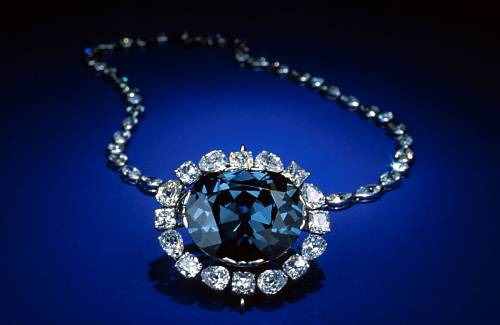 The blue diamond claim to fame is the infamous Hope Diamond, worn by Louis XIV. All superstition aside, the diamond is prized for its incredible size and deep, rare color. Such a color can be achieved in several ways. The most notable reason is the presence of the element boron at the time of the diamond’s formation; the more boron the richer the blue hue. Radiation and exposure to hydrogen will also give diamonds their oceanic tone. Typically, these diamonds are found in India, but recent mining has led to their discovery in South Africa as well. This is certainly a diamond for those who want to feel like royalty (without the “cursed” side-effects that is...).
The blue diamond claim to fame is the infamous Hope Diamond, worn by Louis XIV. All superstition aside, the diamond is prized for its incredible size and deep, rare color. Such a color can be achieved in several ways. The most notable reason is the presence of the element boron at the time of the diamond’s formation; the more boron the richer the blue hue. Radiation and exposure to hydrogen will also give diamonds their oceanic tone. Typically, these diamonds are found in India, but recent mining has led to their discovery in South Africa as well. This is certainly a diamond for those who want to feel like royalty (without the “cursed” side-effects that is...).
Pink Diamonds
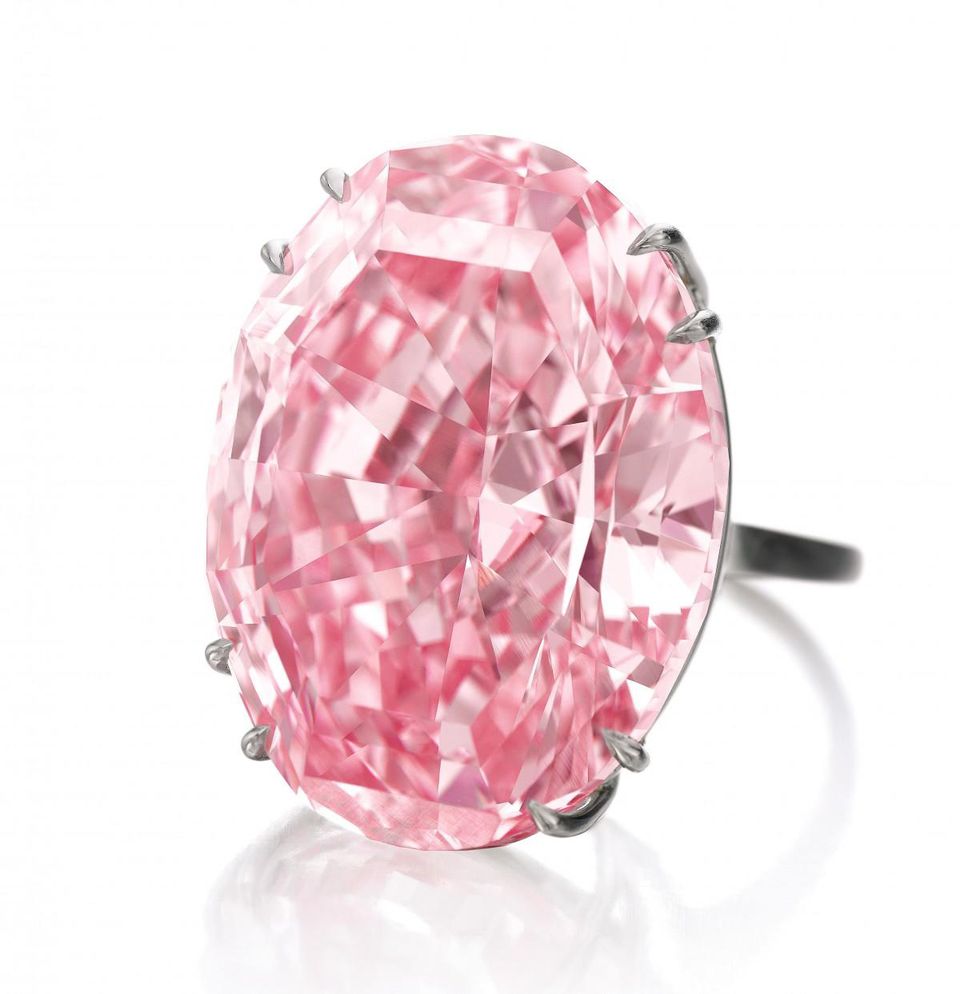 We can thank Leo Dicaprio’s performance in the blockbuster hit, “Blood Diamond,” for bringing this blooming diamond into the public eye and reminding us of the importance of ethical diamond sourcing. Despite the myth presented in the film, it is uncertain how these gemstones obtain their rosy shade. Experts at GIA have theorized that the “color centers selectively absorb light in the vision region of the spectrum.” Such centers are caused by imperfection in the atomic arrangement of the crystals. Forget the trope, “the diamond in the rough.” Pink diamonds teach us that our imperfections not only make us unique, but a thing of beauty to admire, such as the stellar Pink Star Diamond.
We can thank Leo Dicaprio’s performance in the blockbuster hit, “Blood Diamond,” for bringing this blooming diamond into the public eye and reminding us of the importance of ethical diamond sourcing. Despite the myth presented in the film, it is uncertain how these gemstones obtain their rosy shade. Experts at GIA have theorized that the “color centers selectively absorb light in the vision region of the spectrum.” Such centers are caused by imperfection in the atomic arrangement of the crystals. Forget the trope, “the diamond in the rough.” Pink diamonds teach us that our imperfections not only make us unique, but a thing of beauty to admire, such as the stellar Pink Star Diamond.
Black Diamonds
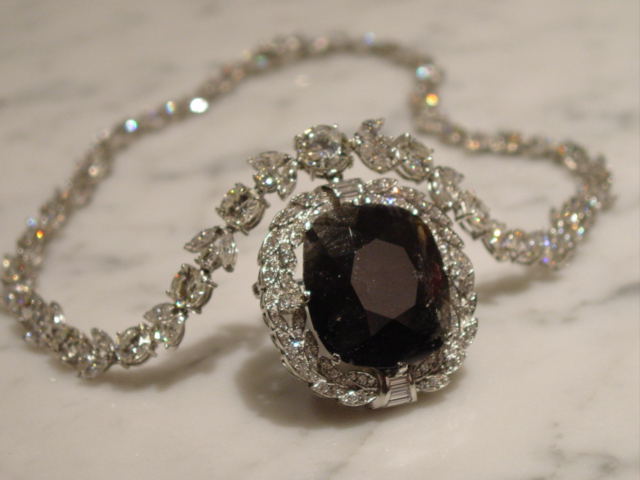 It’s strange how people accept that clear, white diamonds are made from pressurized carbon, but are shocked to learn that diamonds can also be the exact opposite: black. This night-toned diamond gets its, rich, ebony color from clouds of tiny inclusions throughout the stone, such as graphite, pyrite, or hematite. They can have cleavages stained dark or are black because of graphitization. While certainly not a flawless gem, these diamonds are popular for their dark allure—especially when the black color adds to the sinister of drama cursed stones, like the Black Orlov Diamond.
It’s strange how people accept that clear, white diamonds are made from pressurized carbon, but are shocked to learn that diamonds can also be the exact opposite: black. This night-toned diamond gets its, rich, ebony color from clouds of tiny inclusions throughout the stone, such as graphite, pyrite, or hematite. They can have cleavages stained dark or are black because of graphitization. While certainly not a flawless gem, these diamonds are popular for their dark allure—especially when the black color adds to the sinister of drama cursed stones, like the Black Orlov Diamond.
Yellow Diamonds
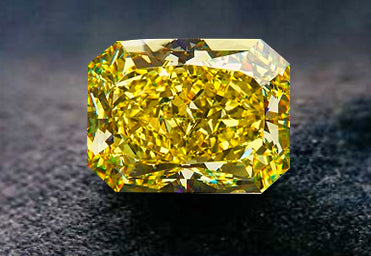 Sported by celebrity brides to be like Heidi Klum and Carrie Underwood, the yellow diamond is a modern favorite. Their brilliant color gives them name like Tiffany Yellow, Florentine Yellow, and, most commonly, Canary Yellow. Such sun-filled stones are the product of nitrogen influence during the forming process, and have inspired the names of famous gems like, The Sun of Africa. Like with the blue diamonds, the shade of yellow deepens the more of its dependent element is present. This is a diamond for those who want a bright, eye-catching piece to match a radiant personality.
Sported by celebrity brides to be like Heidi Klum and Carrie Underwood, the yellow diamond is a modern favorite. Their brilliant color gives them name like Tiffany Yellow, Florentine Yellow, and, most commonly, Canary Yellow. Such sun-filled stones are the product of nitrogen influence during the forming process, and have inspired the names of famous gems like, The Sun of Africa. Like with the blue diamonds, the shade of yellow deepens the more of its dependent element is present. This is a diamond for those who want a bright, eye-catching piece to match a radiant personality.
Brown Diamonds
 Sometimes popularity comes down to good marketing, and diamonds are no exception. Brown diamonds can be considered the ugly duckling diamonds. For years, no one wore this diamond for beauty or fashion, but instead used it for industrial purposes. Marketers saw an opportunity with these delectable stones, giving them names like Chocolate, Champagne, and Cognac, and it was a major success. After all, who can resist such delicious vices and temptations? Whether it’s because of the lack of popularity or the imperfection of grain lines that give it its color, the brown diamond is a thing of underestimated beauty and at a lower cost than the other colored diamonds. That being said, remarkable brown diamonds like The Golden Jubilee have still found their way into the collections of royalty.
Sometimes popularity comes down to good marketing, and diamonds are no exception. Brown diamonds can be considered the ugly duckling diamonds. For years, no one wore this diamond for beauty or fashion, but instead used it for industrial purposes. Marketers saw an opportunity with these delectable stones, giving them names like Chocolate, Champagne, and Cognac, and it was a major success. After all, who can resist such delicious vices and temptations? Whether it’s because of the lack of popularity or the imperfection of grain lines that give it its color, the brown diamond is a thing of underestimated beauty and at a lower cost than the other colored diamonds. That being said, remarkable brown diamonds like The Golden Jubilee have still found their way into the collections of royalty.
Red Diamonds
 Few people are even aware that red diamonds exist, which is probably because there are fewer stones quite so rare. In fact, they are so rare that according to the Cape Town Diamond Museum, only about 20-30 “predominantly red” diamonds have ever been found. Of these, few are over 1/2 carat, and even the small ones are astronomically priced so that they go beyond even the celebrity market. The strangest thing about these elusive gems? No one knows exactly how they get their passionate color.
Few people are even aware that red diamonds exist, which is probably because there are fewer stones quite so rare. In fact, they are so rare that according to the Cape Town Diamond Museum, only about 20-30 “predominantly red” diamonds have ever been found. Of these, few are over 1/2 carat, and even the small ones are astronomically priced so that they go beyond even the celebrity market. The strangest thing about these elusive gems? No one knows exactly how they get their passionate color.
Green Diamonds
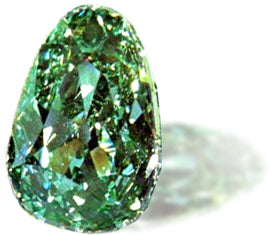 Almost as rare as red diamonds, green diamonds are like the Hulk of the colored diamonds, especially the 41-carat Dresden Green Diamond. Their emerald-like color occurs when radiation displaces the carbon atoms from their proper positions in the crystal structures. Such radiation can occur both naturally, or artificially, though it can be difficult for even experienced experts to tell the difference and determine the origin of color.
Almost as rare as red diamonds, green diamonds are like the Hulk of the colored diamonds, especially the 41-carat Dresden Green Diamond. Their emerald-like color occurs when radiation displaces the carbon atoms from their proper positions in the crystal structures. Such radiation can occur both naturally, or artificially, though it can be difficult for even experienced experts to tell the difference and determine the origin of color.
We hope you have learned a bit about colored diamonds, how they have come to be and ultimately how they are cherished almost as much as the white diamond. Looking for a statement piece that is a bit different from the rest? Then a colored diamond may just be for you.



